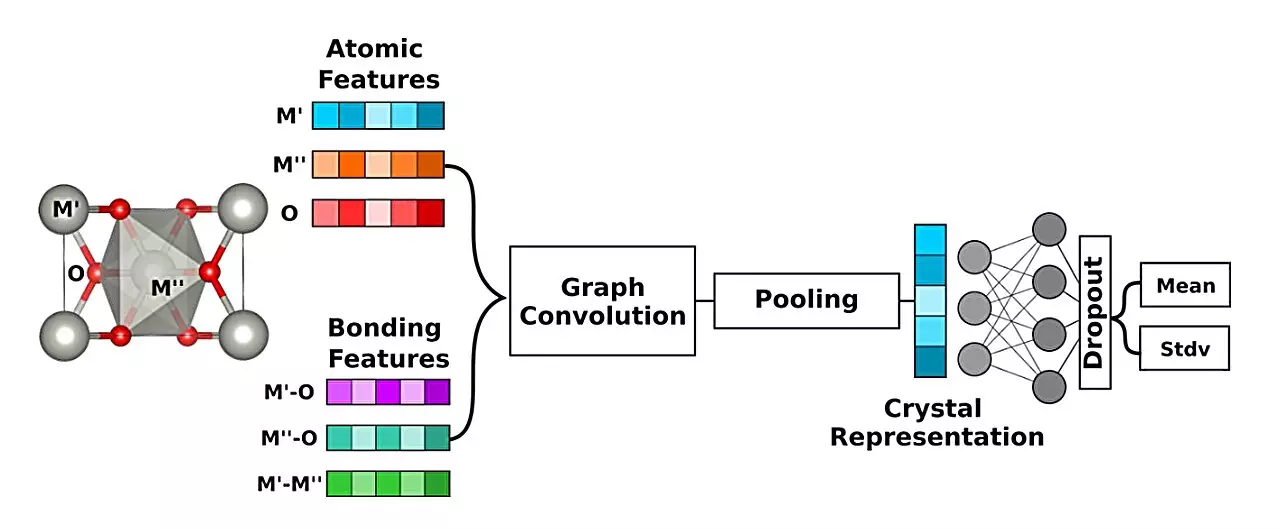In a groundbreaking study conducted at the University of Toronto, researchers have harnessed the power of artificial intelligence to revolutionize the search for sustainable energy solutions. By utilizing the Canadian Light Source (CLS) at the University of Saskatchewan (USask), the team has successfully validated an AI-generated “recipe” for a new catalyst that promises a more efficient method for producing hydrogen fuel.
The process of creating green hydrogen involves passing electricity generated from renewable resources through water between two metal pieces, leading to the release of oxygen and hydrogen gases. However, this method currently demands a significant amount of electricity and relies on rare and costly metals. To address these challenges, researchers are exploring different metal alloys that could serve as catalysts to enhance the efficiency and affordability of this reaction.
Traditionally, the search for an optimal catalyst would involve laborious trial-and-error experiments in the lab. Given the vast number of potential alloy combinations, this conventional approach proves to be time-consuming and inefficient. Recognizing this limitation, the research team, led by Jehad Abed, developed a sophisticated computer program to streamline the catalyst discovery process.
The AI program analyzed over 36,000 metal oxide combinations through virtual simulations to identify the most promising candidates. Abed then conducted physical experiments in the lab to verify the program’s top predictions. By leveraging the advanced capabilities of the CLS’s ultra-bright X-rays and the Advanced Photon Source at the Argonne National Laboratory, the researchers were able to assess the catalyst’s performance during the reaction accurately.
After thorough testing, the team discovered that an alloy comprising ruthenium, chromium, and titanium in specific proportions outperformed the benchmark metal significantly. Abed emphasized that the recommended alloy exhibited superior stability and durability, lasting longer and operating more efficiently than existing options. While the AI program’s success marks a significant milestone, further real-world testing is necessary to ensure the alloy’s practical viability.
Despite the need for additional evaluation, Abed and his colleagues remain optimistic about the potential of artificial intelligence to expedite the discovery of novel catalysts. The efficiency and speed enabled by AI-driven simulations offer a promising path towards making green energy economically feasible and widely accessible. By harnessing the power of technology, researchers are poised to unlock innovative solutions that will propel the transition towards a more sustainable energy landscape.



Leave a Reply